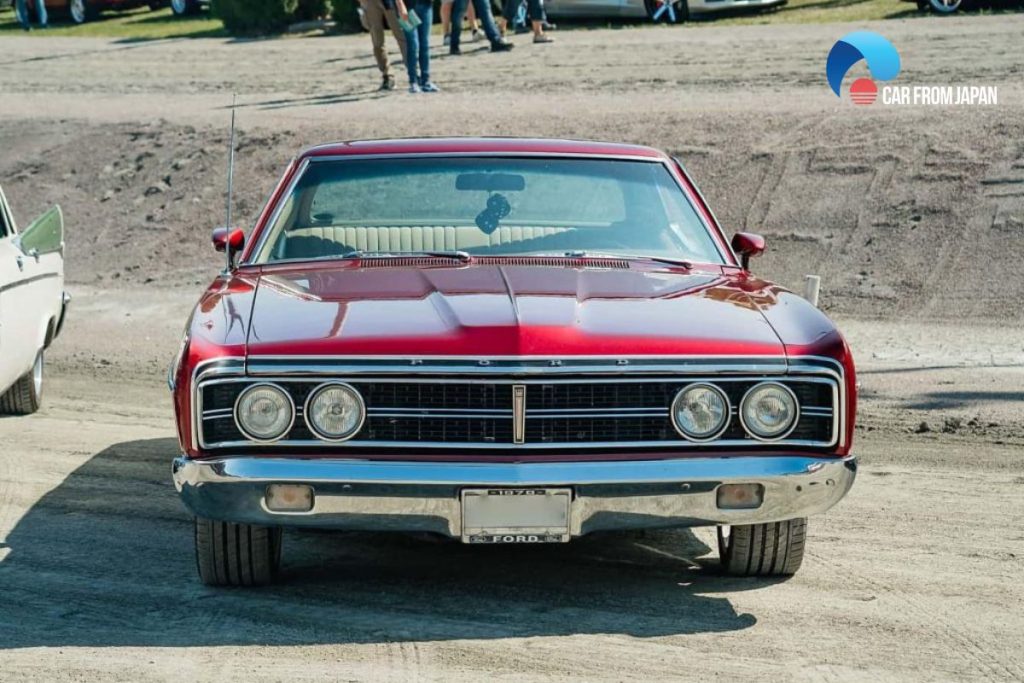Won’t it be great to drive a car that can go 100 miles on a single gallon? Tom Ogle engine might make that dream come true, but it’s still only a hypothesis.
What Tom Ogle had in mind was simply outrageous. He replaced the carburetor in internal combustion engines with a device he created to achieve an impressive mpg, which is 100, to be precise.
The concept sounds quite unbelievable. Let’s dive deeper into the mechanism of that engine to have a better understanding of how that engine would have worked had it been materialized.
Contents
- How Did The Tom Ogle Engine Work?
- Where Did Ogle Get The Idea From?
- What Happened To Tom Ogle and His Invention?
- FAQs on the Tom Ogle Engine
- What exactly made Tom Ogle’s engine different from traditional engines?
- Why didn’t Tom Ogle’s vapor fuel system become mainstream?
- Is it possible to retrofit an existing car with a Tom Ogle-style vapor fuel system?
- Are there any modern technologies that resemble Tom Ogle’s vapor engine today?
- Was the Tom Ogle system dangerous to engines in the long run?
- Final Words
How Did The Tom Ogle Engine Work?
Tom Ogle was an American inventor who came up with the idea of a vapor carburetor that makes an internal combustion engine highly fuel-efficient.
In 1977, Ogle applied his revolutionary innovation on a 1970 Ford Galaxie featuring a V8 engine (427 hp) and a 3-gallon tank. He used a multiple-vapor system in that car and drove it for 100 miles.
It was shocking that Ogle achieved that much fuel efficiency in a 4,000+ pounds car, so a lighter car could provide much more mileage.
What was changed in the Tom Ogle engine? Most internal combustion engines use a carburetor and fuel pump. Liquid fuel is transferred into the combustion chambers and it gets burned to provide power to the engine.
Ogle replaced this carburetor and fuel pump with a black box filter and the combustion chambers were injected with vaporized gasoline.
For many people, including scientists, it was hard to digest that such a simple fix could bring such a revolutionary result. So, they checked the modified engine for hidden fuel tanks, but none was found.

Where Did Ogle Get The Idea From?
You might be wondering how Ogle got such a groundbreaking idea. Well, as with many great inventions, Ogle also stumbled upon that innovative idea accidentally. The whole idea of a fuel-efficient superengine came from a deformed lawnmower.
Once, Ogle was running a lawnmower and created a hole in the device accidentally. To fix the damage and keep the machine still working, he used a vacuum line from the carburetor inlet to the engine.
Doing this increased the fuel efficiency of the machine, and a small tank of fuel kept it running for 96 hours.
Encouraged by this discovery, Ogle applied this technique to an automobile engine. But it did not go as planned.
Without a carburetor, the engine tanks collapsed, the speed was slow, and it was gulping a great amount of fuel. The modified vehicle used a gallon for 8 miles, and its average speed was 20 mph.
This was disappointing, but Ogle was determined to find a solution. He found out that the absence of a carburetor was freezing the gas tank, such as ice cubes.
He solved the issue by using heater coils. The coils kept the gas tank at normal temperature, and this simple fix finally made the car run 100 miles on a single gallon.
Read More: The Mechanism Of Hydrogen Engines
What Happened To Tom Ogle and His Invention?
You can run an internal combustion engine on evaporated gas, but it’s not a practical idea. There are various reasons for carmakers not being able to replicate Ogle’s concept or something similar.
But what happened to Ogle after that successful demonstration? Why the Tom Ogle engine did not come to the market or even had a single prototype?
Well, he indeed was able to have a line of investors ready to get the project off the ground. However, every investor wanted to get a larger share of the profit, which caused unnecessary delay.
Ogle was also having family problems as his wife had left him. He started having drinking problems and just collapsed to death one day.
It’s hard to tell whether the engine would be a real thing but his project was left in limbo after his death, and it lost traction with time.

The Tom Ogle engine concept has always been a heated topic among automobile enthusiasts. The ‘Tales of the 100 mpg carburetor’ has still going strong for decades after Ogle’s death.
You always hear about those small companies or independent inventors with the claim that they have the blueprint of that mythical highly-efficient internal combustion engine.
Needless to say none of them has been able to produce a prototype or give proof of their invention.
Modern hybrid cars have come a long way in achieving higher mileage. Currently, these vehicles consume 30% to 60% less fuel than gasoline vehicles.
Maybe it would be possible to develop a technology for achieving even more fuel efficiency shortly, something that Ogle had invented (arguably) decades ago.
FAQs on the Tom Ogle Engine
What exactly made Tom Ogle’s engine different from traditional engines?
Tom Ogle’s system eliminated the need for a traditional carburetor by vaporizing gasoline before it entered the combustion chamber, allowing for significantly higher fuel efficiency, reportedly up to 100 miles per gallon.
Why didn’t Tom Ogle’s vapor fuel system become mainstream?
Many believe it was a mix of technical challenges (like engine durability over time), lack of commercial support, and rumors of corporate suppression by fuel and automotive industries.
Is it possible to retrofit an existing car with a Tom Ogle-style vapor fuel system?
Technically, yes, especially older carbureted engines.
However, it would require custom fabrication, tuning, and significant expertise to make it reliable and safe.
Are there any modern technologies that resemble Tom Ogle’s vapor engine today?
Yes. Systems like gasoline direct injection (GDI) and advanced fuel atomization techniques share the goal of better fuel-air mixing, though they operate very differently from Ogle’s simple vapor system.
Was the Tom Ogle system dangerous to engines in the long run?
Potentially. Running an engine on highly vaporized fuel without proper lubrication from liquid gasoline could cause overheating and internal wear over time, unless special adaptations were made.
Let’s find more information about Tom Ogle concept!
Final Words
The Tom Ogle engine, with its promise of extreme fuel efficiency, captured the imagination of many, its practical implementation remains elusive.
Though the Ogle engine itself might be relegated to the history books, the idea of making engines use less fuel is still important today, reminding us that the pursuit of better fuel economy is an ongoing journey!
For more insightful Car knowledge, follow Car From Japan today!



